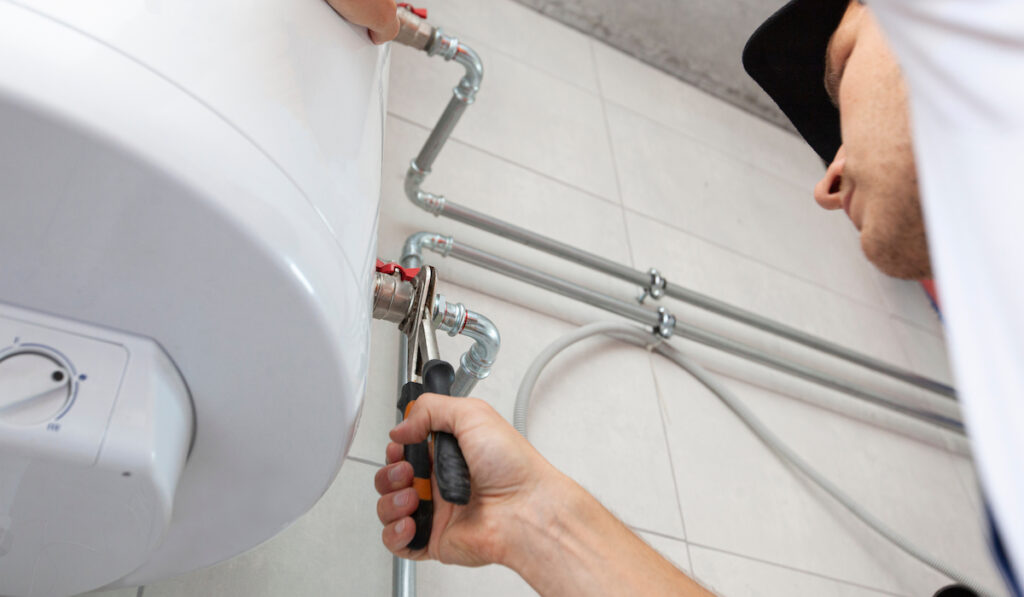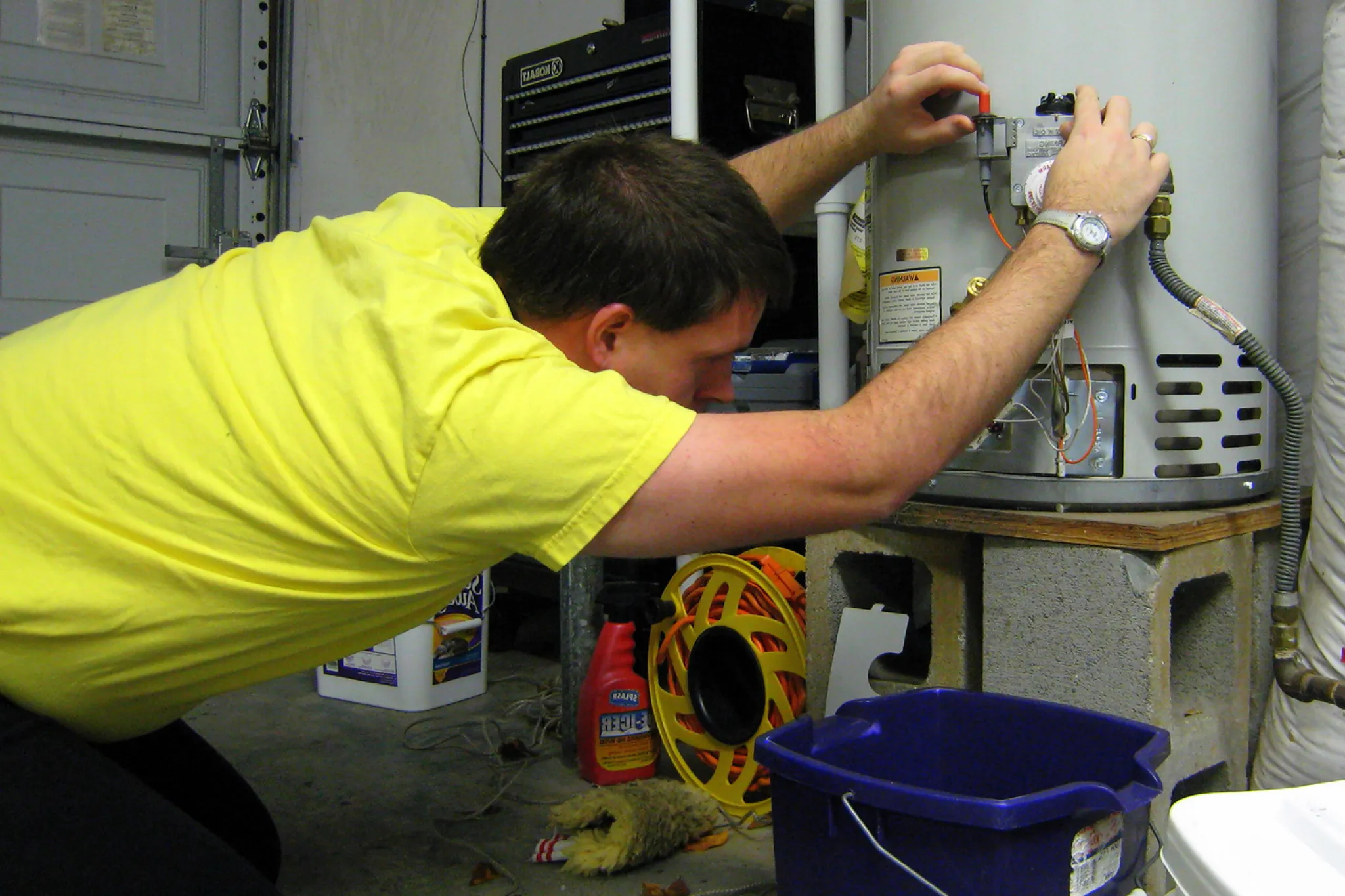Steps to Successfully Care for Your Home's Hot Water System
Schedule An AppointmentThis article directly below involving Tips on Maintaining a Water Heater is quite stimulating. Check it out yourself and decide what you think about it.

Hot water is vital for day-to-day comfort, whether it's for a revitalizing shower or washing recipes. To ensure your warm water system runs effectively and lasts much longer, regular upkeep is crucial. This article supplies useful ideas and insights on how to preserve your home's warm water system to prevent disruptions and pricey repair services.
Intro
Preserving your home's hot water system might appear challenging, but with a couple of basic steps, you can ensure it runs efficiently for many years to come. This overview covers whatever from comprehending your hot water system to do it yourself upkeep suggestions and knowing when to call expert help.
Relevance of Preserving Your Hot Water System
Normal maintenance not only expands the life expectancy of your hot water system yet additionally guarantees it operates successfully. Overlooking upkeep can result in lowered efficiency, higher power expenses, and also premature failing of the system.
Signs Your Hot Water System Demands Maintenance
Recognizing when your hot water system needs focus can avoid significant issues. Watch out for indicators such as inconsistent water temperature level, strange sounds from the heating system, or rusty water.
Recognizing Your Warm Water System
Before diving right into upkeep tasks, it's practical to recognize the basic elements of your warm water system. Generally, this includes the hot water heater itself, pipelines, anode rods, and temperature level controls.
Monthly Maintenance Tasks
Routine month-to-month checks can help catch small concerns before they escalate.
Flushing the Hot Water Heater
Purging your water heater eliminates debris build-up, improving efficiency and extending its life.
Monitoring and Changing Anode Rods
Anode poles prevent rust inside the storage tank. Evaluating and changing them when broken is crucial.
Examining and Changing Temperature Level Setups
Readjusting the temperature level setups makes certain optimal performance and safety.
DIY Tips for Maintenance
You can carry out a number of upkeep tasks yourself to keep your hot water system in top problem.
Looking for Leakages
On a regular basis evaluate pipelines and links for leakages, as these can lead to water damage and higher bills.
Testing Pressure Relief Valves
Testing the pressure relief valve ensures it functions correctly and prevents excessive pressure buildup.
Insulating Pipes
Insulating hot water pipelines lowers warmth loss and can conserve power.
When to Call a Specialist
While do it yourself upkeep is useful, some problems require specialist know-how.
Complicated Issues Calling For Expert Assistance
Examples consist of major leaks, electric issues, or if your water heater is continually underperforming.
Routine Specialist Upkeep Benefits
Specialist maintenance can consist of extensive examinations, tune-ups, and making sure compliance with safety and security requirements.
Verdict
Routine maintenance of your home's warm water system is vital for performance, durability, and cost financial savings. By following these pointers and understanding when to look for expert aid, you can guarantee a trusted supply of hot water without unexpected interruptions.
Water Heater Maintenance Tips
Test the TPR Valve
Shut off the power and the cold-water supply valve. Place a bucket under the pipe connected to the temperature-pressure-release (TPR) valve on the top or side of the tank. (This valve opens if the tank pressure gets too high.) Lift the valve’s tab to let some water out, then let go. If water keeps flowing, drain the tank partway, unscrew the old valve with a pipe wrench, and install a new one. Check the Anode Rod
Put a hose to the tank’s drain cock and let out a few gallons of water. Now fit a 1 1/16-inch socket onto the rod’s hex head on top of the heater (or under its top plate) and unscrew the rod. If it’s less than ½ inch thick or coated with calcium, buy a new one, wrap its threads with Teflon tape, put it back in the tank, and tighten securely. Use this segmented rod if headroom above the tank is limited. Drain the Tank and Wash Out Sediment
Drain the remaining water in the tank into the bucket, then stir up the sediment on the tank’s bottom by briefly opening the cold-water supply valve. Drain and repeat until clean water comes out of the hose. Close the drain cock, refill the tank, and turn its power back on. Adjust the Temperature
Find the temperature dial on the side of the tank and unscrew its cover. Adjust the dial to 120 degrees using a flathead screwdriver. For every 10 degrees the temperature is lowered, you can expect to save up to 5 percent in energy costs. Turn the water heater off or the thermostat down to its lowest setting if you plan to be away from home for more than three days. Insulate the Pipes
Buy some self-sticking 3/8-inch-thick foam pipe insulation that matches the pipes’ diameter. Slide the foam over the hot-and cold-water pipes as far as you can reach. Insulating the cold-water pipe prevents condensation in summer. Peel the tape and squeeze the insulation closed. If the pipe is 6 inches or less from the flue, cover it with 1-inch-thick unfaced fiberglass pipe wrap. https://www.thisoldhouse.com/plumbing/21016402/how-to-maintain-a-water-heater

Do you like more info about How to Maintain a Hot Water Heater in a Few Simple Steps? Make a remark directly below. We will be glad to hear your thoughts about this post. We are looking forward to see you back again in the near future. Do you know about anybody else who is in to the niche? Do not hesitate to share it. Bless you for being here. Come back soon.
Show Details